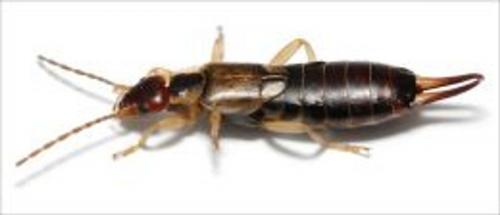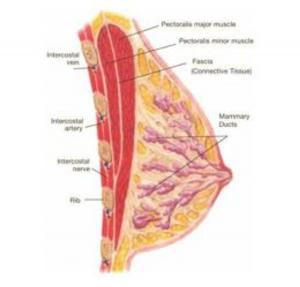A Crash Course on How to Get Rid of Earwigs
Nonfiction, Home & Garden, The Home, Outdoor & Recreational Areas, Science & Nature, Nature, Insects & Spiders, Cleaning & Caretaking| Author: | Ed Padilla | ISBN: | 1230000105068 |
| Publisher: | Axel Publishing | Publication: | February 8, 2013 |
| Imprint: | Language: | English |
| Author: | Ed Padilla |
| ISBN: | 1230000105068 |
| Publisher: | Axel Publishing |
| Publication: | February 8, 2013 |
| Imprint: | |
| Language: | English |
A Crash Course on How to Get Rid of Earwigs
Earwigs make up the insect order Dermaptera, found throughout the Americas, Eurasia, Australia and New Zealand. With 1,800 species in 12 families, they are one of the smaller insect orders. Earwigs have characteristic cerci, a pair of forceps pincers on their abdomen, and membranous wings folded underneath short forewings, hence the scientific order name, "skin wings." Some groups are tiny parasites on mammals and lack the typical pincers. Earwigs rarely use their flying ability.
Earwigs are nocturnal; they often hide in small, moist crevices during the day, and are active at night, feeding on a wide variety of insects and plants. Damage to foliage, flowers, and various crops is commonly blamed on earwigs, especially the common earwig Forficula auricularia.
Earwigs have five molts in the year before they become adults. Many earwig species display maternal care, which is uncommon among insects. Female earwigs may care for their eggs, and even after they have hatched as nymphs will continue to watch over offspring until their second molt. As the nymphs molt, sexual dimorphism such as differences in pincer shapes begins to show.
Some earwig specimen fossils are in the extinct suborder Archidermaptera dating to the Late Triassic. Many orders of insect have been theorized to be closely related to earwigs, though Grylloblattaria is the most likely.
Scroll up... and click on "Buy Now" to deliver almost instantly to your Kobo or other reading device.
A Crash Course on How to Get Rid of Earwigs
Earwigs make up the insect order Dermaptera, found throughout the Americas, Eurasia, Australia and New Zealand. With 1,800 species in 12 families, they are one of the smaller insect orders. Earwigs have characteristic cerci, a pair of forceps pincers on their abdomen, and membranous wings folded underneath short forewings, hence the scientific order name, "skin wings." Some groups are tiny parasites on mammals and lack the typical pincers. Earwigs rarely use their flying ability.
Earwigs are nocturnal; they often hide in small, moist crevices during the day, and are active at night, feeding on a wide variety of insects and plants. Damage to foliage, flowers, and various crops is commonly blamed on earwigs, especially the common earwig Forficula auricularia.
Earwigs have five molts in the year before they become adults. Many earwig species display maternal care, which is uncommon among insects. Female earwigs may care for their eggs, and even after they have hatched as nymphs will continue to watch over offspring until their second molt. As the nymphs molt, sexual dimorphism such as differences in pincer shapes begins to show.
Some earwig specimen fossils are in the extinct suborder Archidermaptera dating to the Late Triassic. Many orders of insect have been theorized to be closely related to earwigs, though Grylloblattaria is the most likely.
Scroll up... and click on "Buy Now" to deliver almost instantly to your Kobo or other reading device.















